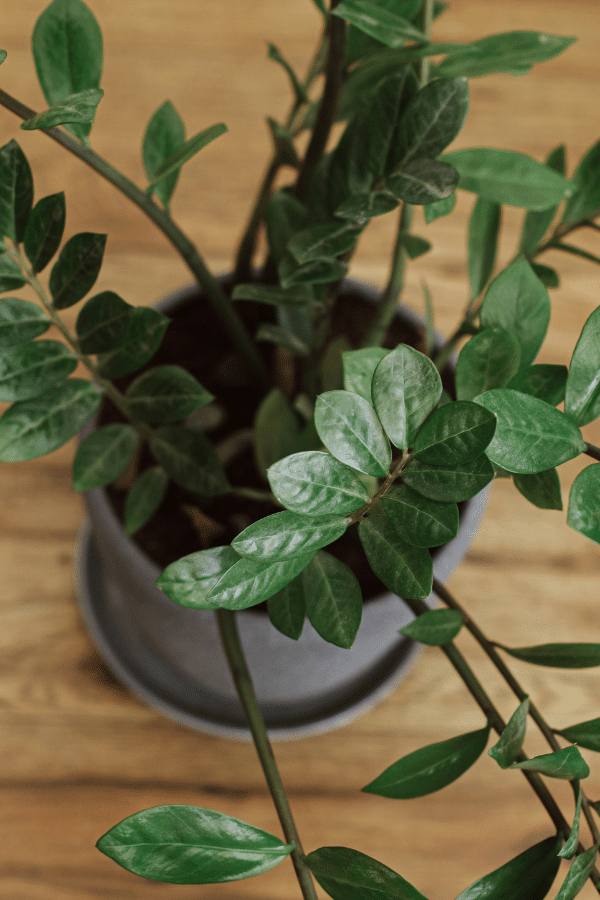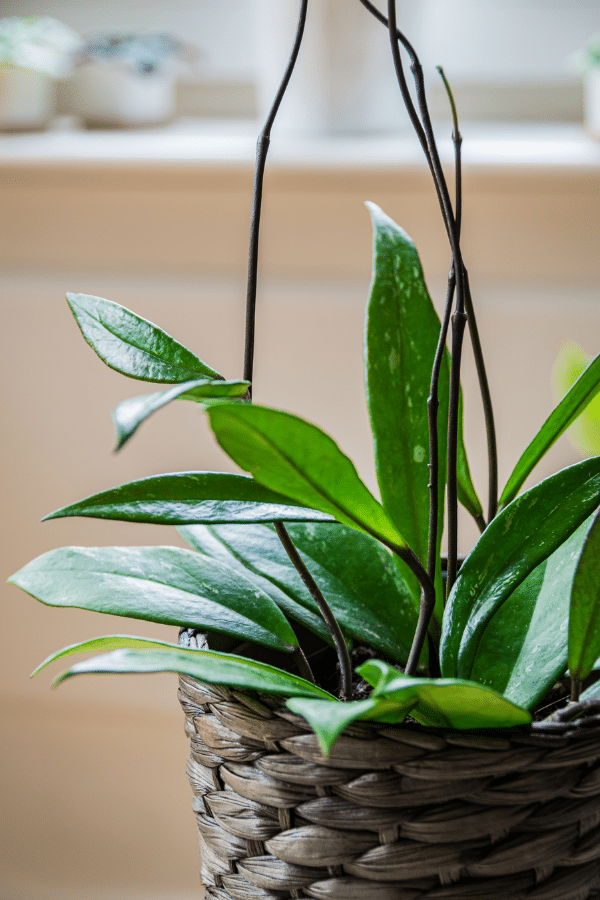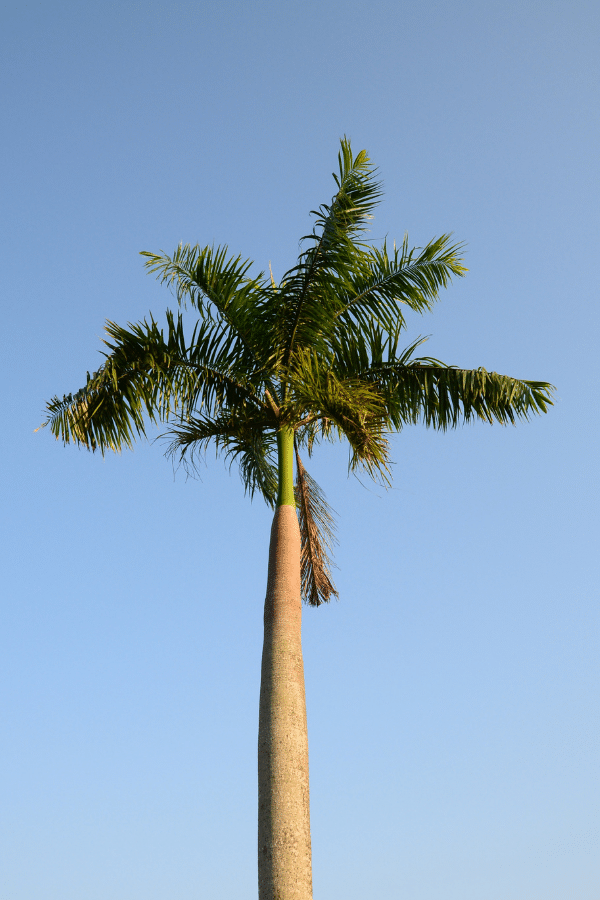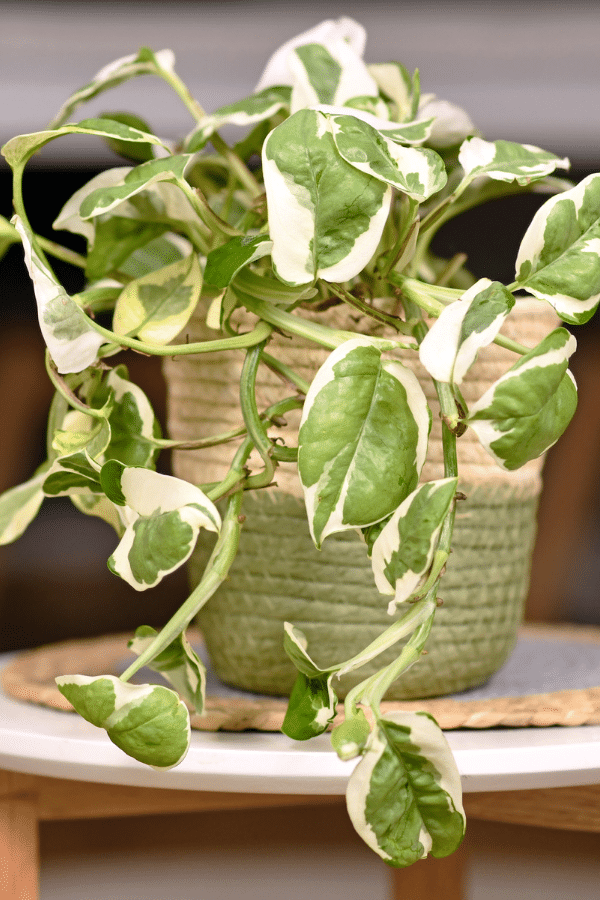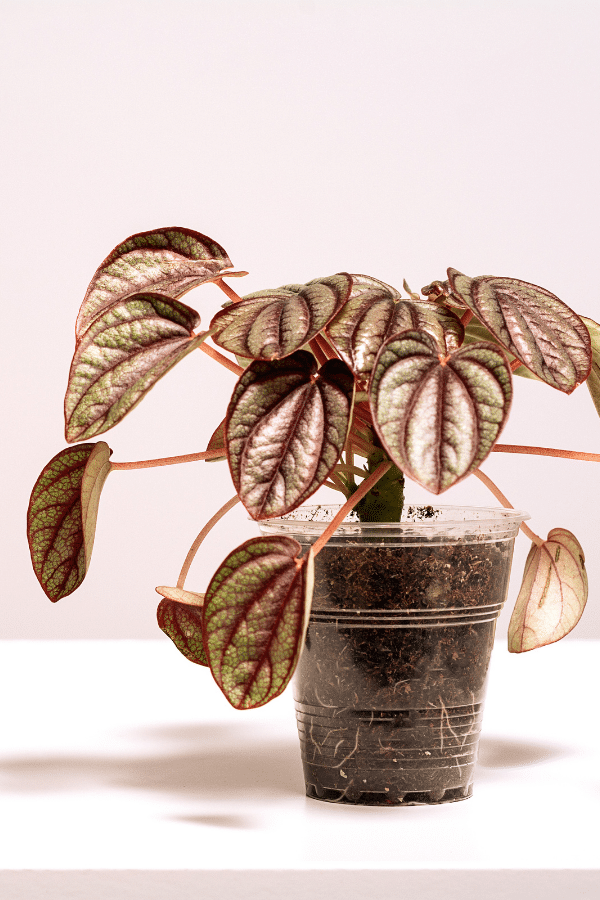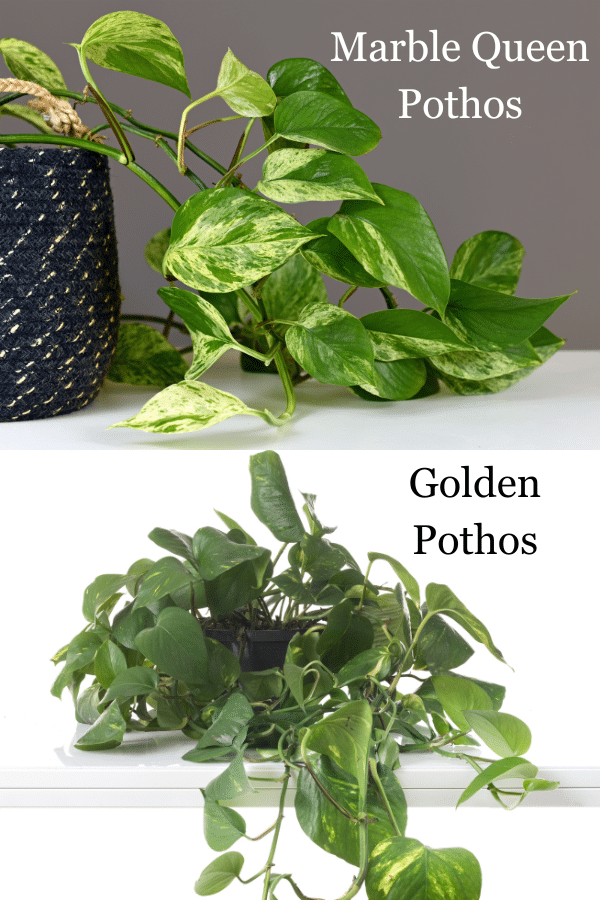NJoy Pothos Brown Spots
NJoy Pothos is a popular houseplant known for its attractive variegated leaves and easy-to-grow nature. However, like all plants, it can sometimes have problems, and one common problem is the appearance of brown spots on the NJoy plant’s leaves. This can be alarming for plant owners, as it may signal that somethings wrong with your pothos.
In this article, we will explore the different causes of brown spots on NJoy Pothos leaves and how you can address them to ensure your plant stays healthy and vibrant. By better understanding potential factors contributing to brown spots, you can take the appropriate steps to care for your plant and prevent further damage.
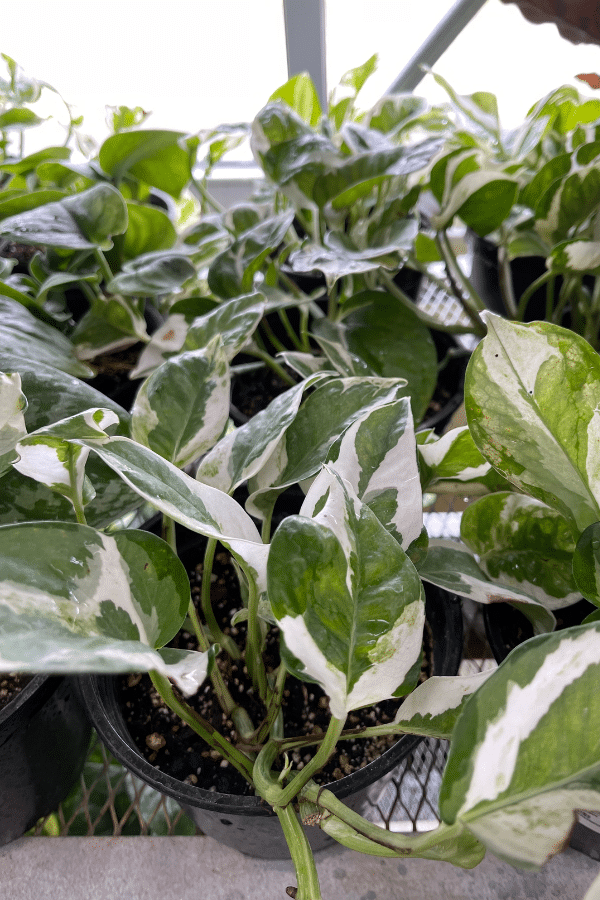
Why Is My NJoy Pothos Turning Brown?
Underwatering
One reason your NJoy Pothos is turning brown could be due to underwatering. Pothos plants require a consistent watering schedule to keep their soil slightly moist. If you’re not providing enough water, the leaves may start to turn brown and crispy. Establish a regular watering routine to resolve this issue and ensure the soil never dries out completely.
Overwatering
Another possible cause for brown spots on your NJoy Pothos is overwatering. I know there is a fine line between underwatering and overwatering, and it depends a lot on the type of soil you use. When the plant receives too much water, its roots can begin to rot, leading to yellowing leaves and, eventually, brown spots. To avoid overwatering, allow the top inch of the soil to dry out between watering sessions. This will aid in preventing root rot.
Direct Sunlight
Exposure to direct sunlight can also cause your NJoy Pothos to develop brown spots. These plants thrive in bright, indirect light but suffer if placed in harsh, direct sunlight. Protect your pothos by moving it to a shadier spot or using a sheer curtain to filter the sun’s rays.
Pests
In some cases, brown spots may be a sign of a pest infestation or disease. Common pests that attack pothos plants include mealybugs, spider mites, and aphids. These can cause brown spots on the leaves and, if left untreated, can damage the entire plant. Check your pothos regularly for signs of pests and treat them promptly using natural methods, like insecticidal soap or neem oil.
Nutrient Deficiency
Lastly, nutrient deficiencies or imbalances in the soil could be the culprit behind brown spots on your NJoy Pothos. These plants require a well-balanced liquid fertilizer every four to six weeks during the growing season (spring and summer). Make sure to follow the fertilizer’s label instructions for the proper dilution and frequency to prevent nutrient toxicity or deficiency.
How to Fix Brown Leaves on NJoy Pothos
First, identify the cause of the brown spots as mentioned above. Common reasons include overwatering, underwatering, exposure to direct sunlight, pests, or a nutrient deficiency.
If it’s due to overwatering, allow the soil to dry out between waterings. Touch the soil and only water when the top inch is dry. Ensure the pot has proper drainage to prevent standing water.
For underwatering, establish a consistent watering schedule. Generally, NJoy Pothos needs to be watered around once a week. Adjust this based on changes in temperature, humidity, or growth.
Direct sunlight exposure can be fixed by relocating your NJoy Pothos to a more suitable spot. It prefers bright, indirect light. Too much direct sunlight may scorch the leaves.
Address nutrient deficiencies by applying a balanced liquid fertilizer. Dilute to half-strength and feed your plant once a month during the growing season. Avoid fertilizing in the winter months.
After addressing the issue, trim damaged leaves. Make clean cuts with sterilized scissors to remove affected leaves. This helps support the overall health of your NJoy Pothos and promotes new growth.
Lastly, maintain a healthy environment for your plant. NJoy Pothos thrives in temperatures between 60-80°F and moderate humidity levels. Keep it away from drafts and heating vents to prevent fluctuations in temperature and humidity.
By following these steps, you can nurse your NJoy Pothos back to health and enjoy its luscious green foliage again.
How to Prevent NJoy Pothos Brown Spots
To prevent NJoy Pothos brown spots, you can follow these essential steps.
Ensure Proper Watering
Overwatering or underwatering can lead to brown spots on your NJoy Pothos. Keep the soil consistently moist but not soggy. Use a well-draining potting mix and a pot with drainage holes to prevent root rot. Water your plant only when the top inch of soil feels dry.
Maintain Humidity Levels
NJoy Pothos plants prefer a humidity level between 40% and 60%. To increase humidity, consider using a pebble tray filled with water under the plant or a room humidifier. Avoid exposing your plant to extremely dry air or drafts from heating or air conditioning vents.
Provide Proper Lighting
Place your NJoy Pothos in a spot with bright, indirect light. Exposure to direct sunlight or inadequate lighting can cause brown spots. If you notice your plant’s leaves are turning pale or yellow before developing brown spots, it could be a sign of too much light.
Control Pests & Diseases
Keep an eye out for pests like aphids and spider mites and fungal infections that can cause brown spots. If you notice any pests or signs of disease, treat the problem immediately using insecticidal soap, neem oil, or other appropriate treatments.
Fertilize
Apply a balanced liquid fertilizer once a month during the growing season but avoid over-fertilizing. Excessive fertilizer can cause salt buildup in the soil, leading to brown spots on your NJoy Pothos leaves.

